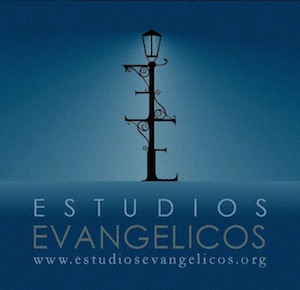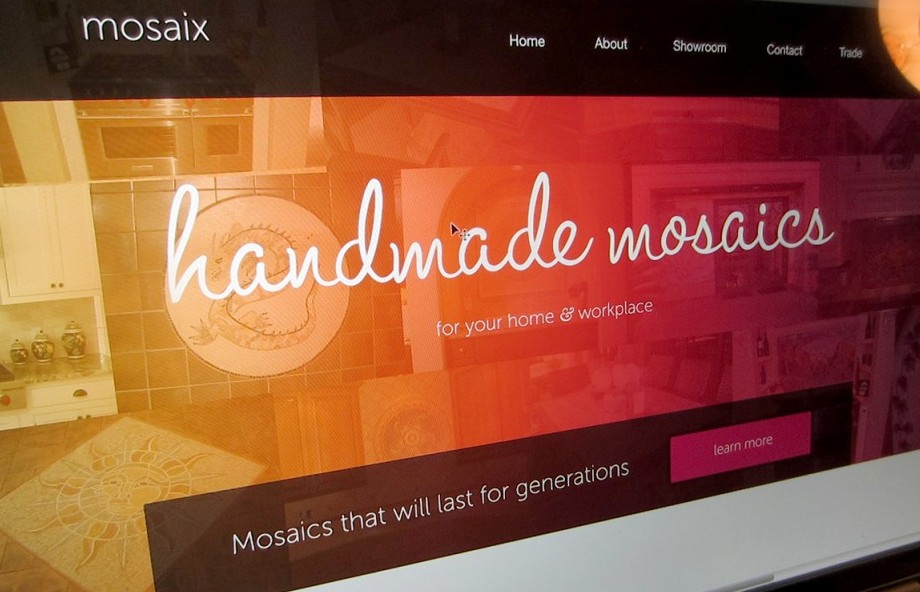Estudios Evangélicos
¡Bienvenidos!
Mosaic Web Design
He current era of logo design began in the 1870s with the first abstract logo, the Bass red triangle. Today there are many corporations, products, brands, services, agencies and other entities using an ideogram (sign, icon) or an emblem (symbol) or a combination of sign and emblem as a logo.
As a result, only a few of the thousands of ideograms people see are recognized without a name. An effective logo may consist of both an ideogram and the company name (logotype) to emphasize the name over the graphic, and employ a unique design via the use of letters, colors, and additional graphic elements. The Coca-Cola logo is identifiable in other languages, here written in Cyrillic. Ideograms and symbols may be more effective than written names (logotypes), especially for logos translated into many alphabets in increasingly globalized markets. For instance, a name in the Arabic language would be of little help in most European markets. By contrast, ideograms keep the general proprietary nature of the product in both markets. In non-profit areas, the Red Cross (which goes by Red Crescent in Muslim countries) is an example of an extremely well known emblem which does not need an accompanying name. The red cross and red crescent are among the best recognized symbols in the world. On their own, they signify protection of medical personnel in war time, dating back 150 years. They also signify the protection of victims of armed conflict and those who try to help them. National Red Cross and Red Crescent Societies and their Federation as well as the International Committee of the Red Cross include these symbols in their logos.
Brief
Creative Director
Gëzim Osmani
Designer
Jon Doe
Alfred Smith
Joanne Rogue
Year
2012

